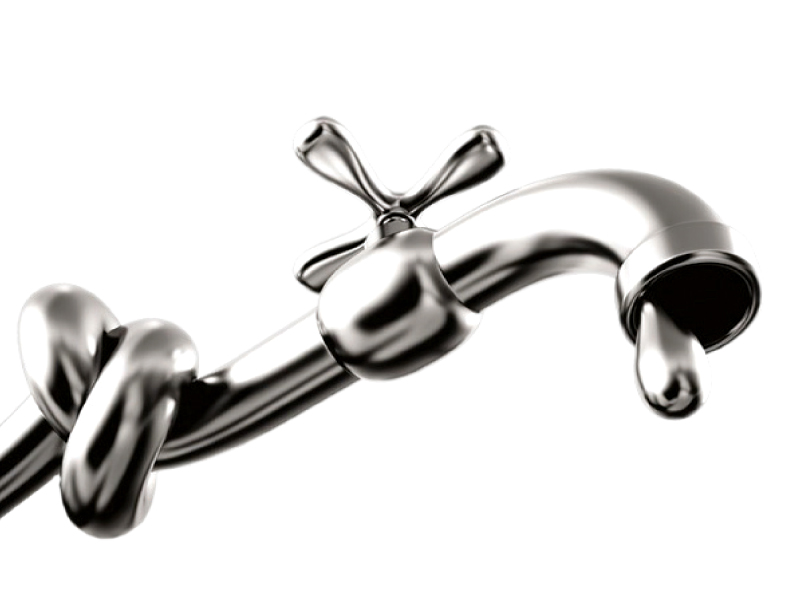
These were the views of speakers at a seminar arranged by the Department of Irrigation and Water Management Research Centre, University of Agriculture Faisalabad (UAF) in collaboration with the International Centre for Agricultural Research in Dry Areas (Icarda) and the United States Department of Agriculture (USDA) to observe World Water Day here on Friday.
International Union for Conservation of Nature (IUCN) Country Representative Dr Mahmood Akhtar Cheema pointed out that India was constructing 11 big dams but Pakistan was still in a fix about building of dams and a breakthrough was yet to be made.
“Owing to climate changes, glaciers are melting. And in the absence of water conservation methods, we are experiencing heavy floods, leading to loss of many lives and damage to agriculture,” he said.
Per capita water availability at the time of creation of Pakistan was 5,600 cubic metres, but it currently stands at only 1,000 cubic metres, placing Pakistan among water-scarce countries. To tackle the situation, Cheema suggested that the government should apply reasonable water usage charges to discourage wastage of the resource.

Icarda Country Head Dr Abdul Majeed emphasised the importance of promoting water conservation techniques by sensitising people and taking fruitful measures. He said Icarda’s strategy combined continuity with change, addressing current problems while expanding focus to emerging challenges such as climate change and desertification.
South Asian Conservation Agriculture Network’s Dr Mushtaq Ahmad Gill was of the view that Pakistan was wasting two-third of its water by following traditional conservation methods and agricultural practices.
Citing examples, he said per capita water availability in the US was 6,000 cubic metres, in Australia 5,500 cubic metres and in China 2,200 cubic metres. In Pakistan, it is only 1,000 cubic metres, posing a threat to people’s lives.
He expressed concern that no authority was working for saving groundwater and suggested that off-channel water reservoirs should be set up to preserve flood water and prevent loss to life and property. “This (saved) water can be used later,” he stressed.
He said Punjab had around 1.3 million tube wells to pump out groundwater, which is bringing down the water level. Eighty per cent of the tube wells were being run on diesel, increasing the cost manifold and requiring application of alternative methods to face the situation, he suggested.
UAF Acting Vice Chancellor Dr Iqbal Zafar said water availability in 2025 would stand at around 100 million acre feet compared to the need of 135 MAF. He stressed the need for increasing water storage capacity to save people’s lives as water resources were shrinking and population was growing rapidly.
To meet the demand for water, he called for kicking off a comprehensive awareness drive to educate people about benefits of judicious consumption and consequences of wastage.
Professor Dr Allah Buksh was of the view that big dams like Kalabagh should be built to save water for coming generations and application of techniques of efficient use of water was the need of the hour to combat water scarcity.
Published in The Express Tribune, March 23rd, 2013.
Like Business on Facebook to stay informed and join in the conversation.
COMMENTS (3)
Comments are moderated and generally will be posted if they are on-topic and not abusive.
For more information, please see our Comments FAQ























@Author Imran Raza Ji : You Stated : . Per capita water availability at the time of creation of Pakistan was 5,600 cubic metres, but it currently stands at only 1,000 cubic metres, placing Pakistan among water-scarce countries. . At the time of its Creation in 1947 Pakistan had a Population of 30 Million. It now has a Population of over 200 Million. . As such the Per Capita Availabilty has been reduced by 5.6 Times. However, Pakistan's Population has gone up Seven Times. . Thus no External Circumstances/Actions can be blamed for Pakistan's Per Capita Water Availablity being reduced from 5,600 Cubic Meters at Pakistan's inception in 1947 and now. It is to be noted that with a Population Increase of Seven Times the Per Capita Water Availability should have been reduced to 800 Cubic Metres. . Cheers
what then if our other neighbor Afghanistan becomes stronger and start making Dams on its river. then the water shortage could reach 50%+ which will be a disaster for us.
I recently wanted to take advantage of Govt of Punjab's scheme to help put in drip irrigation. My estimate for my farm is that it will save at least 60% of water I consume now. However, the program structure is prohibitively expensive. According to private company quote that works with Punjab Govt, it will cost me 45,000 rupees (my share of the cos) per acre to put in this system. Supposedly the govt subsidy is 60% (so the cost to put in drip irrigation is above 1 lakh per acre !!!). Being an engineer myself and having looked at the initial design, I think this can be done cost effectively for less than 75,000 per acre but then things are always expensive in govt. Suffices to say I can't afford to put in 45,000 rupees per acre and will not be installing drip irrigation. Bank of Punjab instead of importing buses should also focus on giving soft loans to farmers so they can pitch in for their share of the facility. Right now this facility is being used by very large farms with deep pockets which is exactly what it shouldn't do. The program instead should focus on small farmer who pump water using diesel.